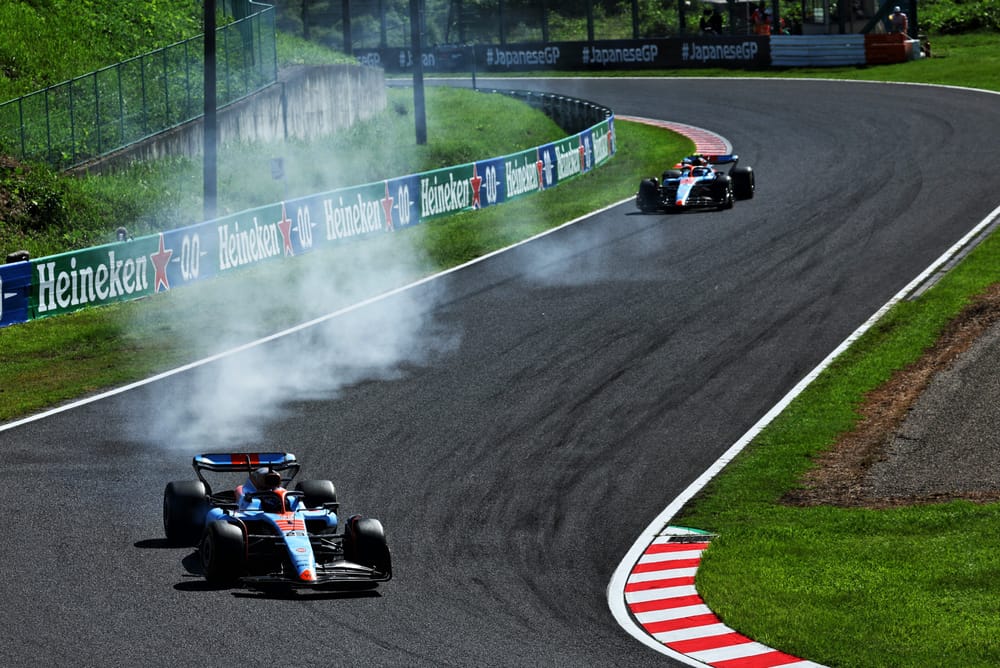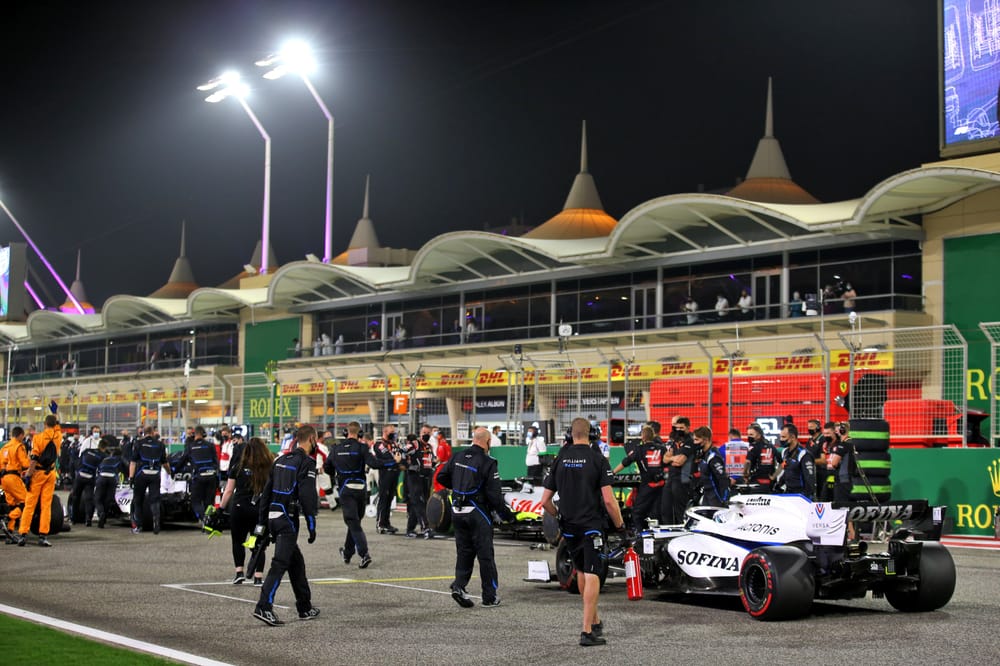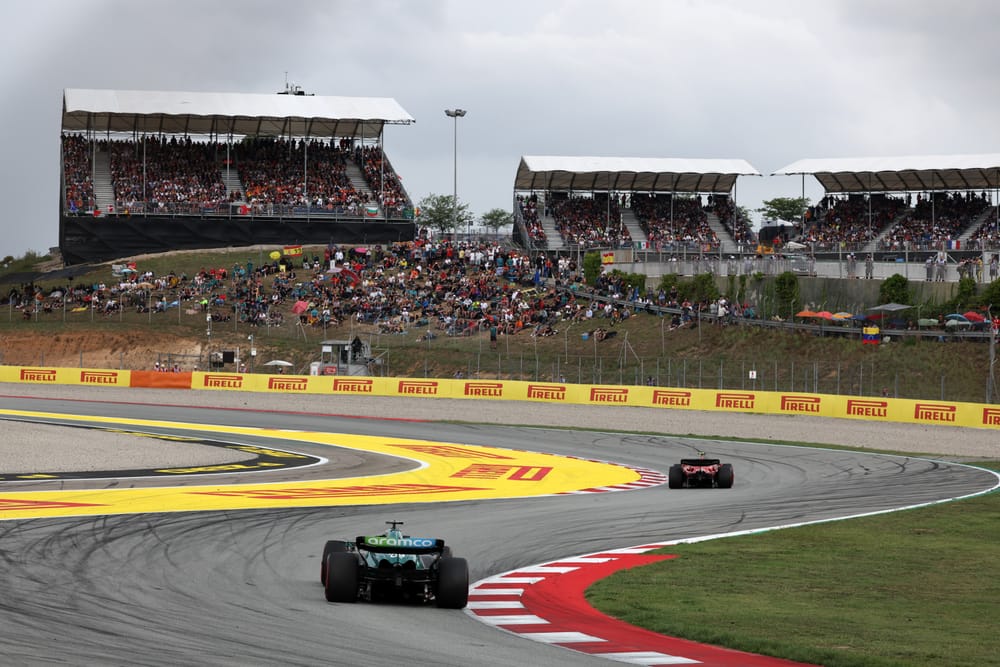Up Next

Williams leaped from last in the constructors’ championship to seventh last year, but still has significant weaknesses to eliminate if it’s to build on that and push higher up into Formula 1’s midfield. Chief among that is a problem it has battled since the start of the current ground-effect regulations, one that was only ‘25% improved’ with last year’s car.
That figure was star driver Alex Albon’s estimate of the persistent problem he and Williams have battled with locking the front brakes into slow corners, saying late last year that “if I gave you a figure, it would be about 25% of the way improved to where I would want it to be, but next year our goal is to take a much bigger step and really try to eliminate it”.

Both Albon and Logan Sargeant regularly struggled with the tendency to lock up the unloaded front tyre in particular into slow corners.
That could prove particularly time sapping, especially in slow corners with ‘combination’ entries such as the curved approach to the Turn 10 second-gear left-hander in Bahrain.
It was in pre-season testing in Bahrain last year that the Williams team realised the front locking was still a limitation despite efforts to tackle this characteristic.
As Williams head of vehicle performance Dave Robson explains, attempts were made to improve the weakness during the season but to limited effect.
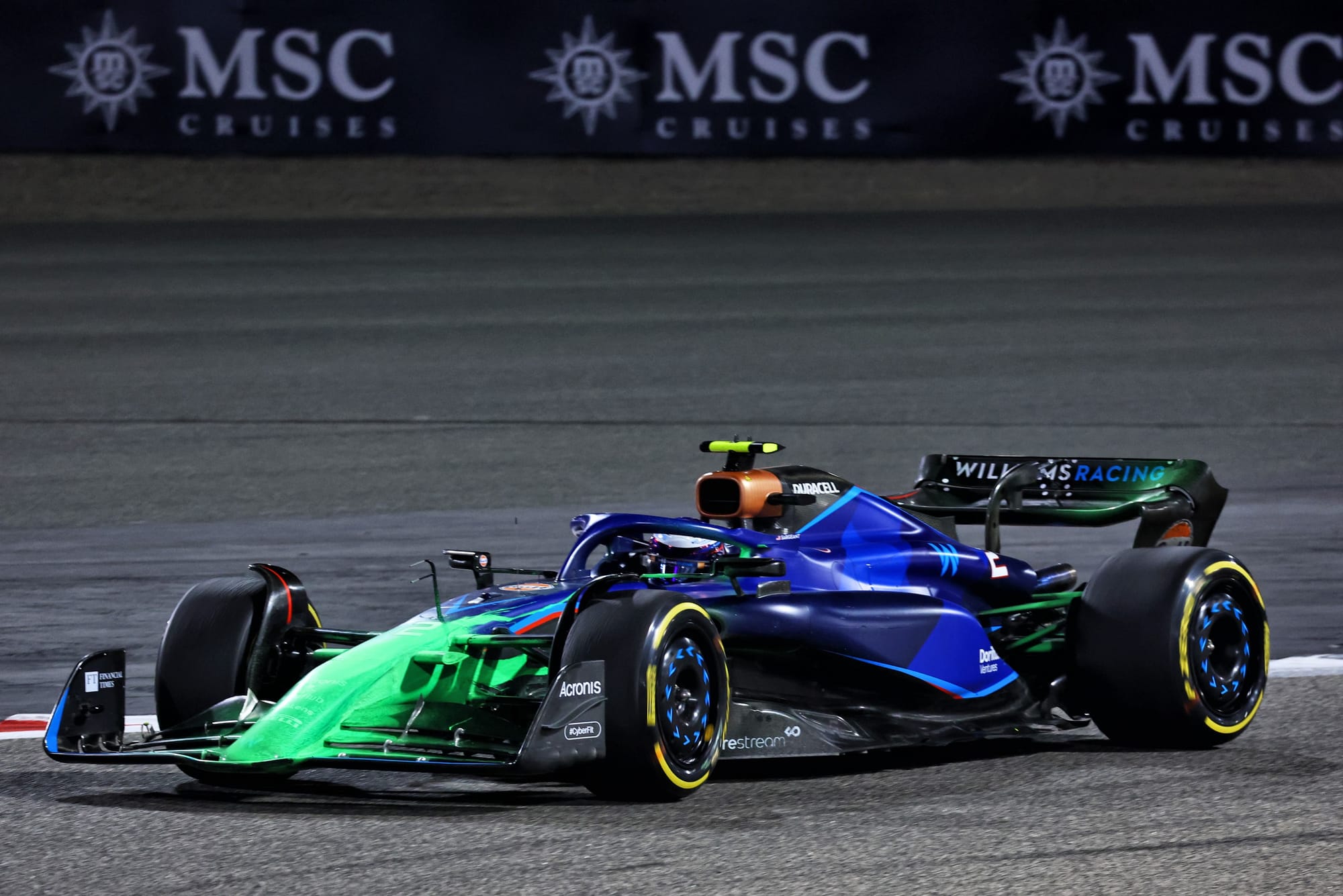
“We came out of Bahrain knowing where some of the limitations were, the tendency to lock the inside front wheel seemed quite high," Robson told The Race at the end of last year.
"And that can be quite costly and is also a little bit dependent on the wind [a factor Williams remained particularly sensitive to].
"But we were able, on the basis of the Bahrain test, to put into production some of the parts we’d already designed, but with that in mind.
"So we saw that steadily improve over the opening races, but it’s still a little bit of an Achilles’ heel.”
Locking up front wheels into slow corners can be particularly costly given significant time is spent in the slower corners. This wasn’t helped by the fact getting the ground effect cars to have the front-end grip for slow corners is already difficult, with the performance of the mechanical platform and how it interacts with the aerodynamics particularly crucial.
It isn’t the only problem Williams needs to improve with its 2024, but if it gets to Bahrain next month and big gains have not been made in this area it will make life difficult. That’s what makes it a big test of how well Williams really has understood the root cause.
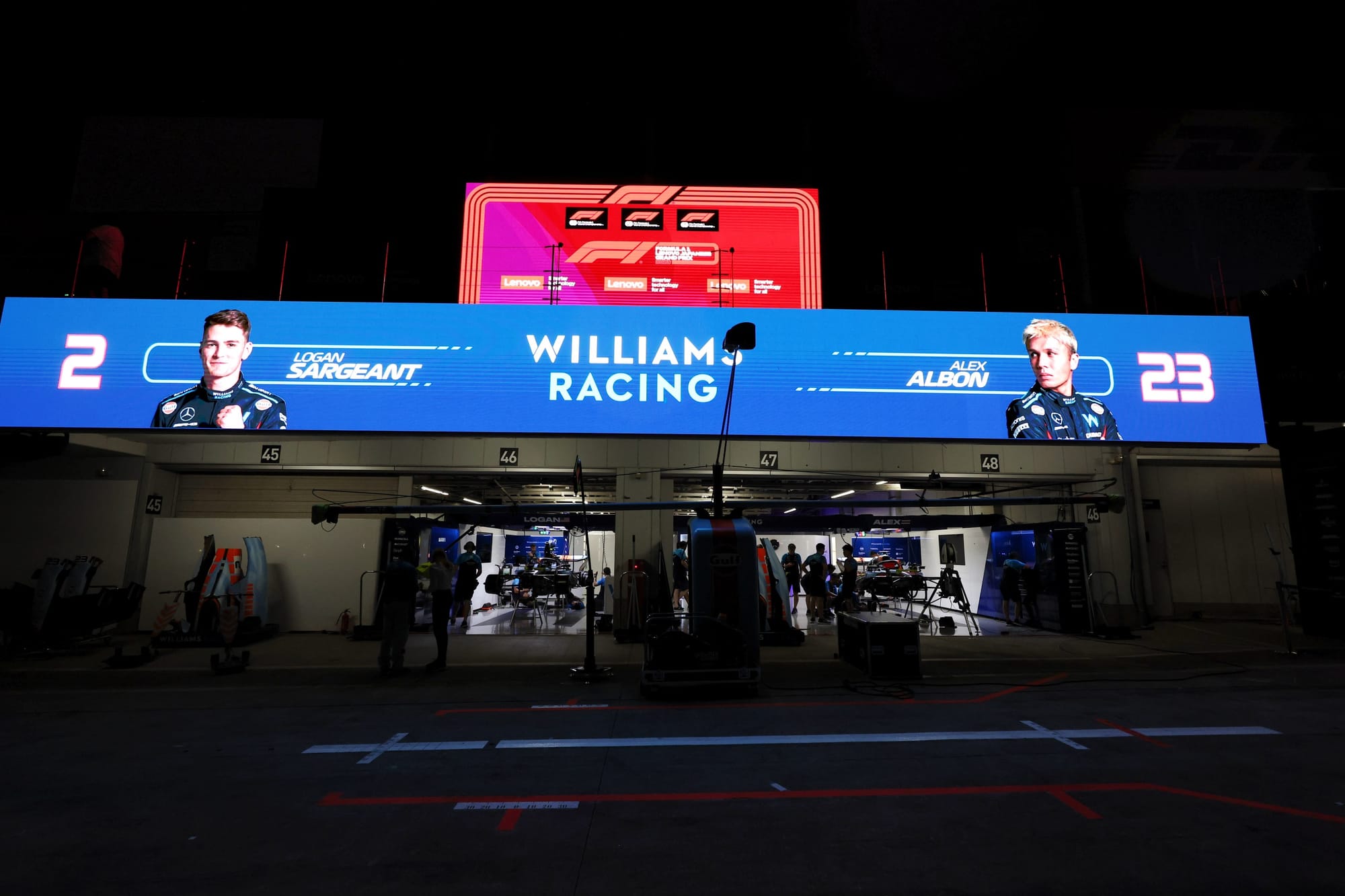
“Part of the problem is we don’t fully know,” admitted Robson. ”I think it’s - as it always is with these things - it’s a combination of everything.
"We can’t get probably as much front aero load on the car in that phase as we would like. There’s obviously quite a lot to be gained from running the car relatively stiff and then once you trigger that locking, then that, in itself, has an aerodynamic effect and so you end up in a little bit of a spiral.
“But I think it’s something we are stand-out poor at, and we have been for the last couple of years.
"So we’ll see in February if we understand it or not. But we’ve taken some decent steps, I think, to try and improve it on next year’s car.”
GARY ANDERSON SAYS…
As Dave Robson says, it is very easy to get into a spiral when trying to fix, or even reduce, a problem like brake locking into slow corners.
Normally such a problem is created way back when the car’s mechanical configuration and aero profile relative to ride height is being specified and, in turn, signed off.
With any aerodynamic projectile creating downforce that increases at the square of the speed, it tends to lead you down a path of running the car stiffer both vertically and in roll.
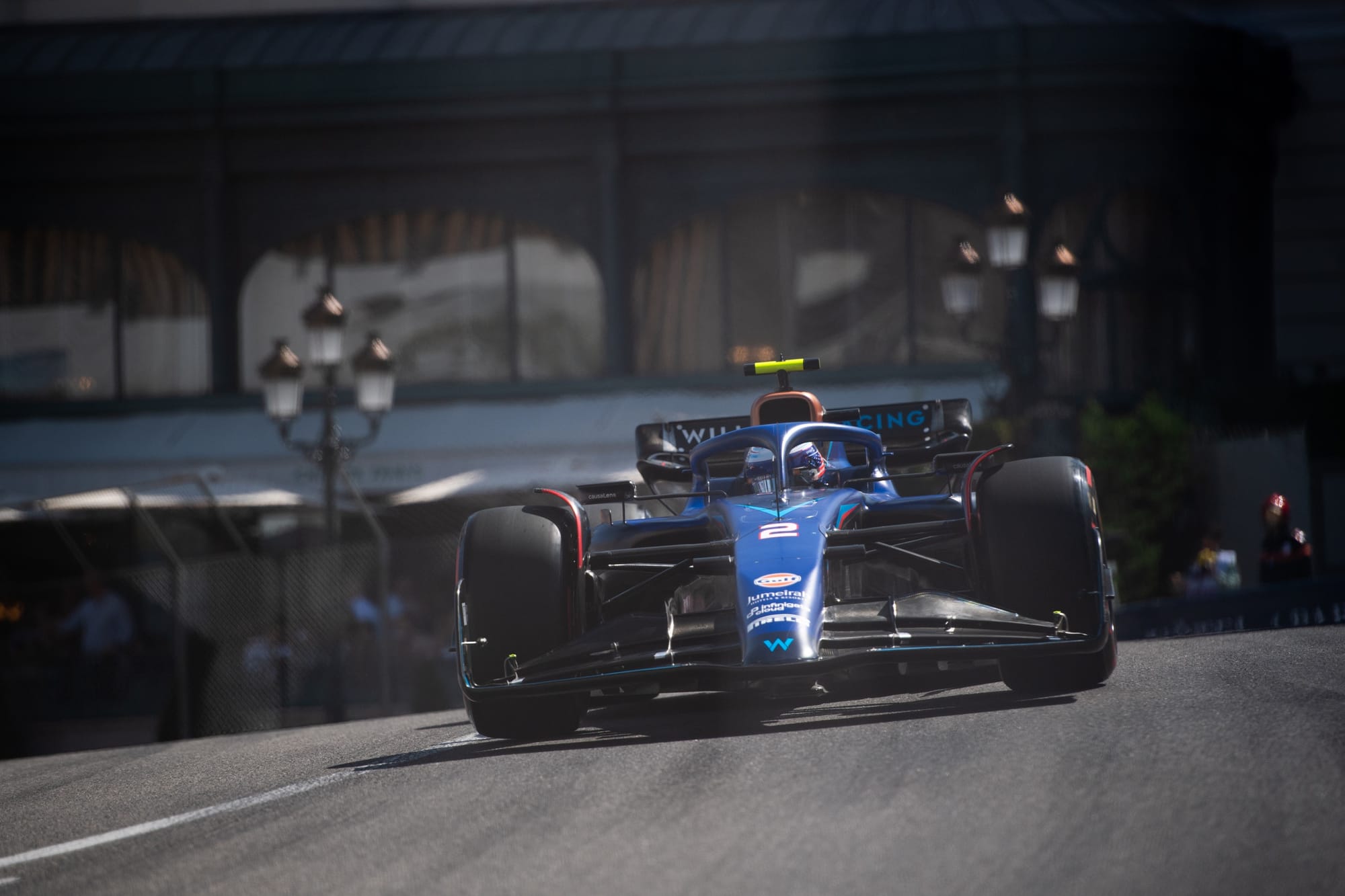
However, on the negative side, it also means that the aero load is also reducing at the square of the speed when you are slowing down. This means you have the least aerodynamic grip just at that last point of braking. If the car's balance in slow-speed corners is a tendency to understeer, then it leads the driver to brake later into the corner using the weight transfer to keep load on the front tyres. This problem also compounds itself when the driver tries to improve their laptime by braking just that little bit later.
We often talk about car compliance. This means that mechanically the car needs to keep all four wheels on the ground with as equal a load as possible across each axle. Otherwise, with some roll on the car at corner entry, locking the unloaded (inside) front wheel will become common practice.
So you either need a much more sympathetic aero map relative to ride height and move the centre of pressure further forward as the ride height increases due to the speed reduction or, mechanically, find a way to maximise the rising rate characteristic on the suspension rocker assemblies.
As an example, rising rate is when the spring deflection relative to wheel movement increases as the car moves towards the ground. For example, at 25mm front ride height if the wheel moves one millimetre and the spring compresses one millimetre, and it does this right through the ride height range until the car hits the ground, this would be called liner suspension rate.
However, if at 25mm front ride height the wheel moves one millimetre and the spring compresses one millimetre, and then with the next millimetre of wheel movement the spring compresses two millimetres and it continues at this rate of spring deflection increase relative to ride height movement, that is called rising rate.
It’s very important on the front to support the car under braking during which we often see in excess of 6g initially, but it's not really required on the rear as the ride height change relative to longitudinal load transfer is much less.
If, for example, the suspension rocker ratio was linear, with the downforce increasing at the square of the speed, you would end up running very stiff vertical springing. This spring stiffness will be the same at both slow and high speed, but with very different aerodynamic tyre loads.
If you can build in a front suspension rocker ratio system that has an increasing rate with deflection as above this means you can run softer springs and allow that increase in rate change to support the car under braking from the weight transfer. As the aero load increases, this can also be used to increase the roll stiffness as the car generates lateral forces. In fast corners, we can see 5g, in slow corners 2g, so an increase in roll stiffness that goes hand in hand with those extra lateral forces will also improve the compliance at low speed.
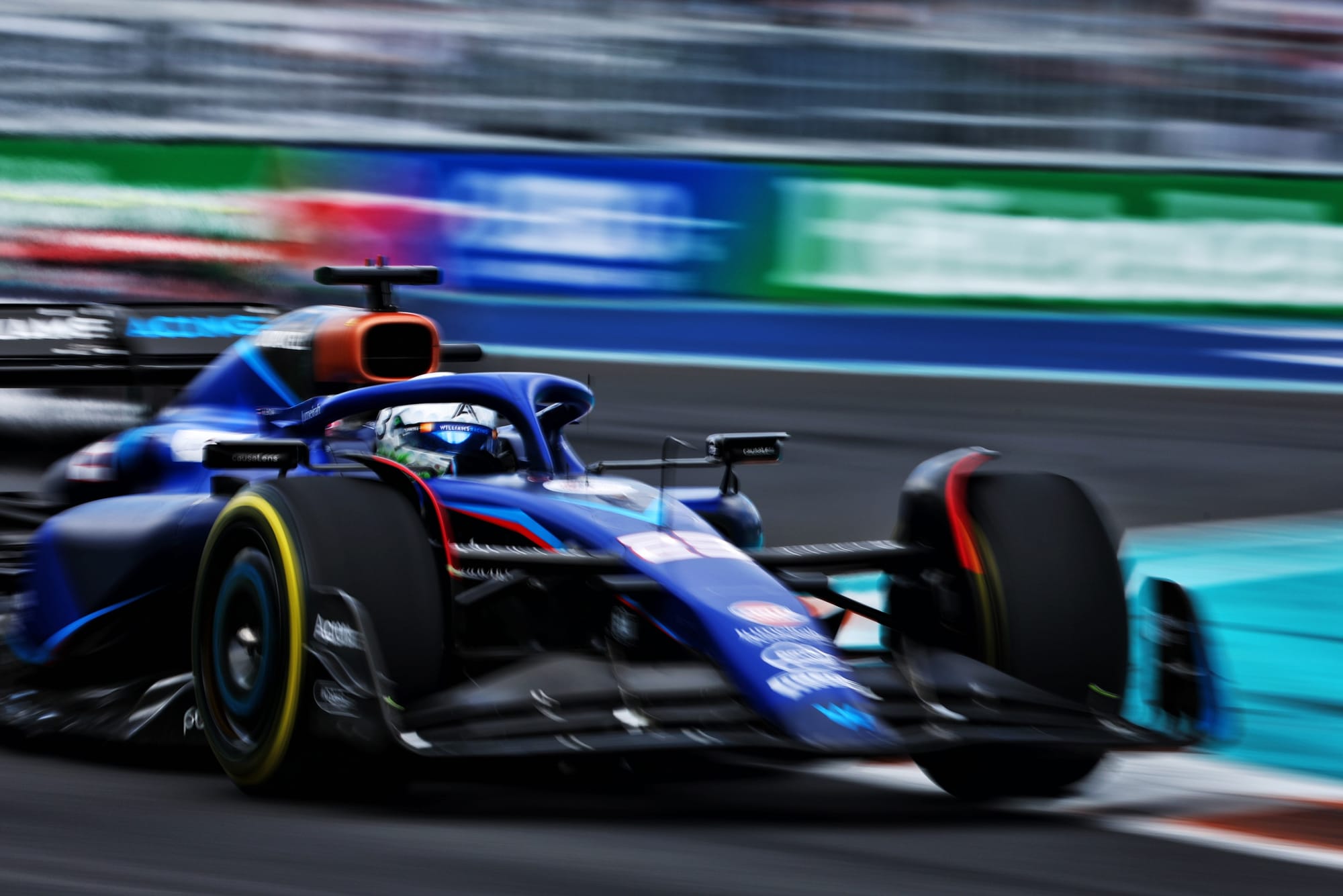
So, in effect, the car will be stiffer in high-speed corners because of the low ride height and under initial braking. As the braking forces reduce, the car will become more compliant. It will also improve compliance over lower-speed kerbs.
It’s difficult to take the steps in the chassis design that this requires all in one go. But this, combined with the high level of front anti-dive and rear anti-lift that Red Bull has shown is possible, is part of the package required to control these high-downforce ground effect cars. This is required to make sure that the underfloor characteristics the aerodynamic group strives to perfect isn’t all lost with excess car movement just when you need consistency the most.


